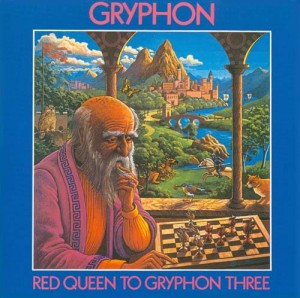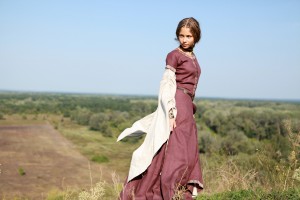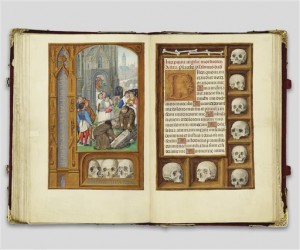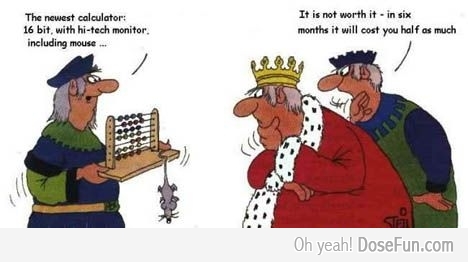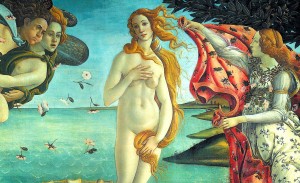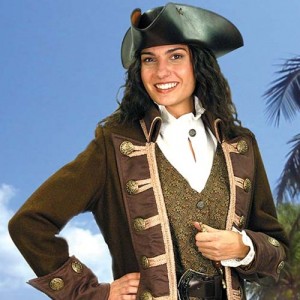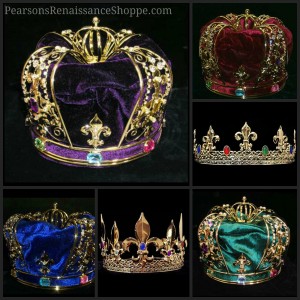Live in Medieval Style
At Pearson’s Renaissance Shoppe, it’s no secret that we are big fans of medieval style. In fact, we love the medieval period – the history, the cultures, the art! We find the whole period endlessly fascinating. Sometime we wonder, “Wouldn’t it be great to live in an actual medieval castle?” Well, you actually can! Of course, it costs quite a pretty penny. Here are some castles currently up for sale:
- In Scotland, the famous Dornoch Castle is on the market. Once used to house local prisoners and featuring actual dungeons, this beautiful castle is directly opposite the medieval Dornoch Cathedral. Rumor has it the castle is haunted, but I wouldn’t expect anything less from a medieval castle with dungeons. Read more and check out some great pictures here: http://www.dailymail.co.uk/news/article-2540605/Yours-2-25-million-Haunted-castle-dungeons-housed-local-prisoners.html
- Over in Italy, the 12th century Castello Izzalini is up for grabs. The beautifully preserved castle comes with a church built in 1576, secret passages, and a rich history of cruel tyrants, feuding emperors, and rich nobility. It has since been converted into a 15-apartment living space, complete with hardwood flooring, Italian ceramics, and wi-fi. All of this can be yours for the low, low price of €5,800,000, or $8,008,060. Learn more about its history here: http://www.medievalists.net/2014/02/18/medieval-castle-hamlet-sale-italy-castello-izzalini/
- If you want all the aesthetics of a medieval castle but all the conveniences of modern times, perhaps this castle-style mansion in Staten Island is more your style. For $3,499,000, you can own this 12,000-square-foot mansion built to look like a classic medieval castle. Any takers? http://ny.curbed.com/archives/2014/04/28/staten_islands_insane_35m_medieval_castle_awaits_its_prince.php

